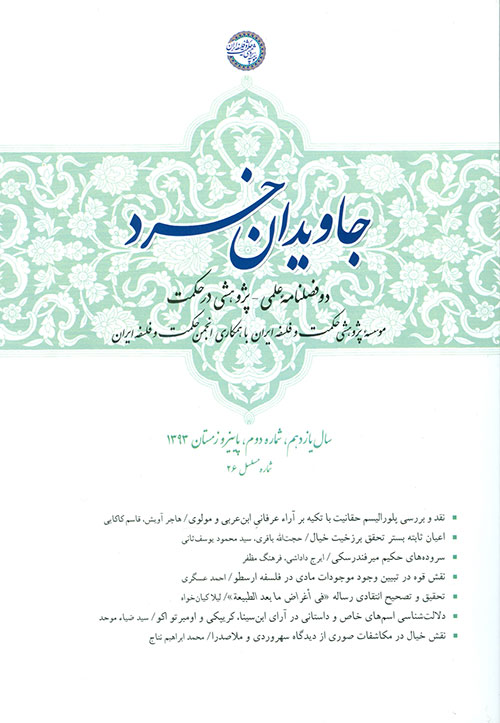تمثیلات نوروز و اعتدال بهاری در اندیشه¬ی اسماعیلیه
کلمات کلیدی:
نوروز, اسماعیلیه, صوفیه, ادبیات عربی, ادبیات فارسی, ادبیات جنوب آسیایی, اخلاق, دین زرتشتی, شیعهچکیده
اعتدال بهاری، که در فارسی «نوروز» خوانده میشود، هزاران سال است که بشر را مجذوب خود داشته. پژوهش حاضر نشان میدهد که نمودگار بهار و نوروز در ادبیات اسماعیلی، تقریباً در تمامی ادوار مهم تاریخی و در میراث ادبی سه گروه اصلی زبانی آن، عربی سرزمینهای خاستگاه اسلام، فارسی سنّتهای ایرانی و آسیای مرکزی، و زبانهای متنوّع جنوب آسیایی در شبه قارهی هند و پاکستان، فراوان است. گفتنی است که بسیاری از این نمونههای ادبی برای نخستین بار در این مقاله عرضه میگردند، زیرا تنها در نسخ خطی انتشارنایافته یا آثار نادر محفوظ در مجموعههای شخصی یافته میشوند. این پژوهش تأثیرات سنن منطقهای را که موجب تنوّع ادبی در این ادبیات میشود، برمیرسد. استدلال این است که دو مضمون وحدتبخش در هر سهی این سُنن پهناور رسوخ کرده است: نخست، پدیدههای بهاری به مثابهی استعارهها و مثَلهایی از برکات و موهبات امام زمان، و دیگری، تقدّسبخشی به آرایش بهاری زمین در زیّ رموزی که علم عالمَی روحانی و ورای تجربیات حسی را نمودار میکنند.





